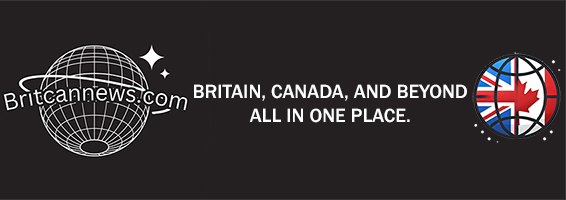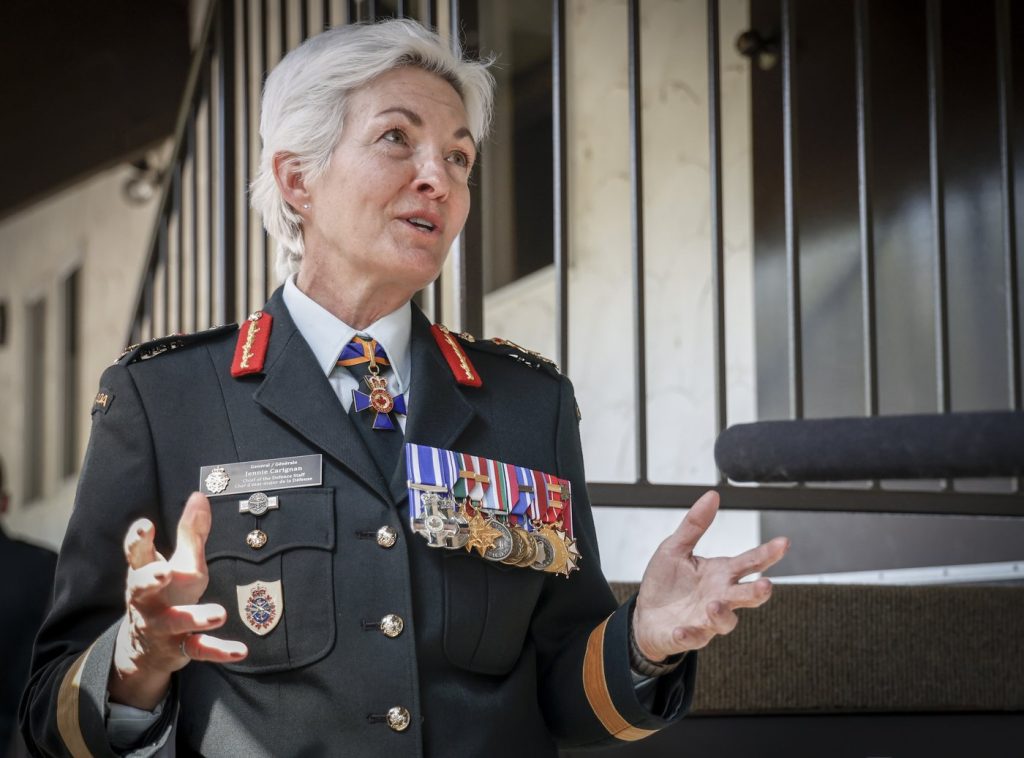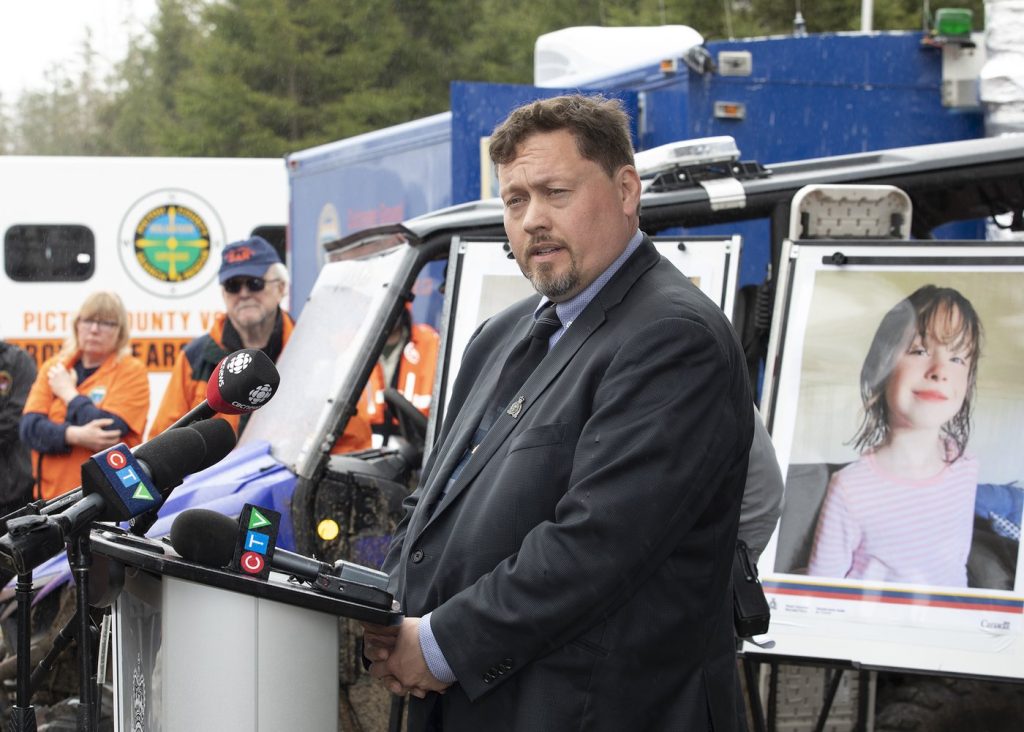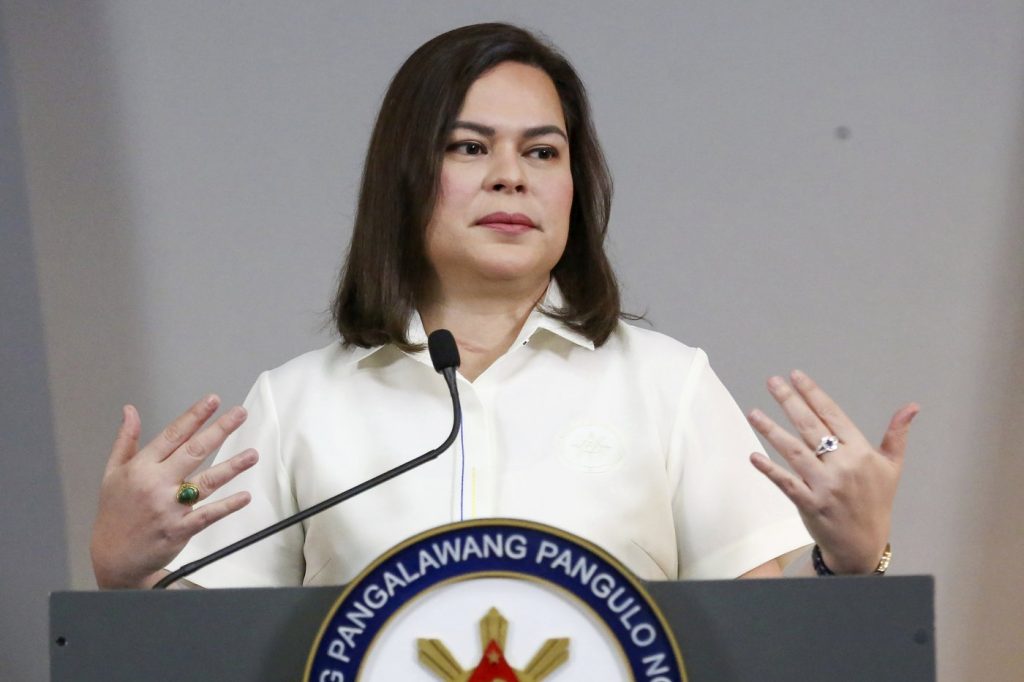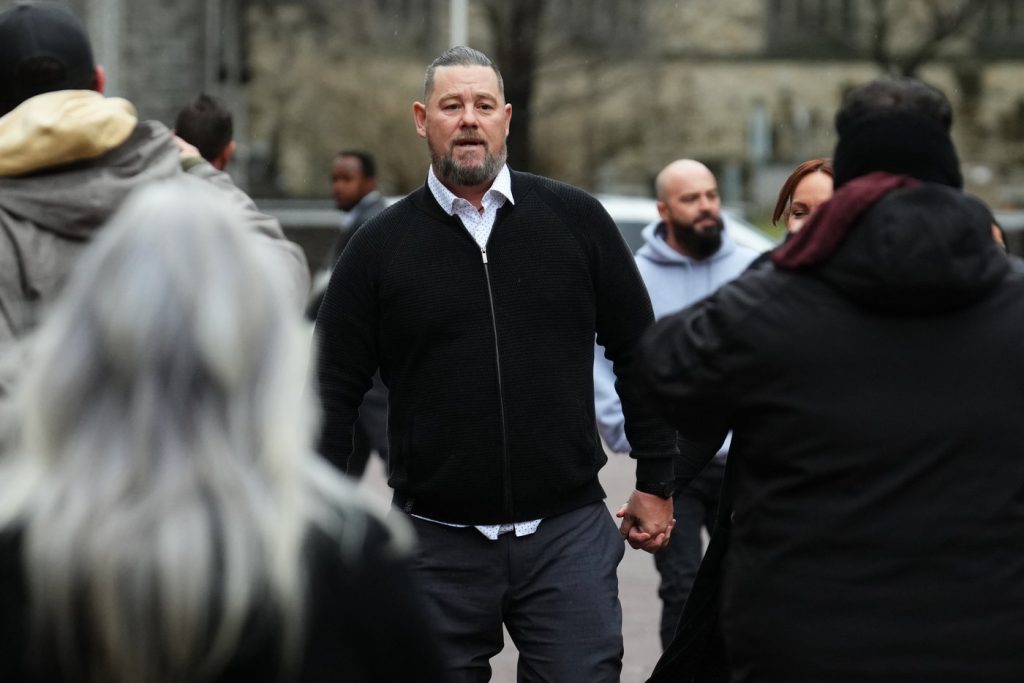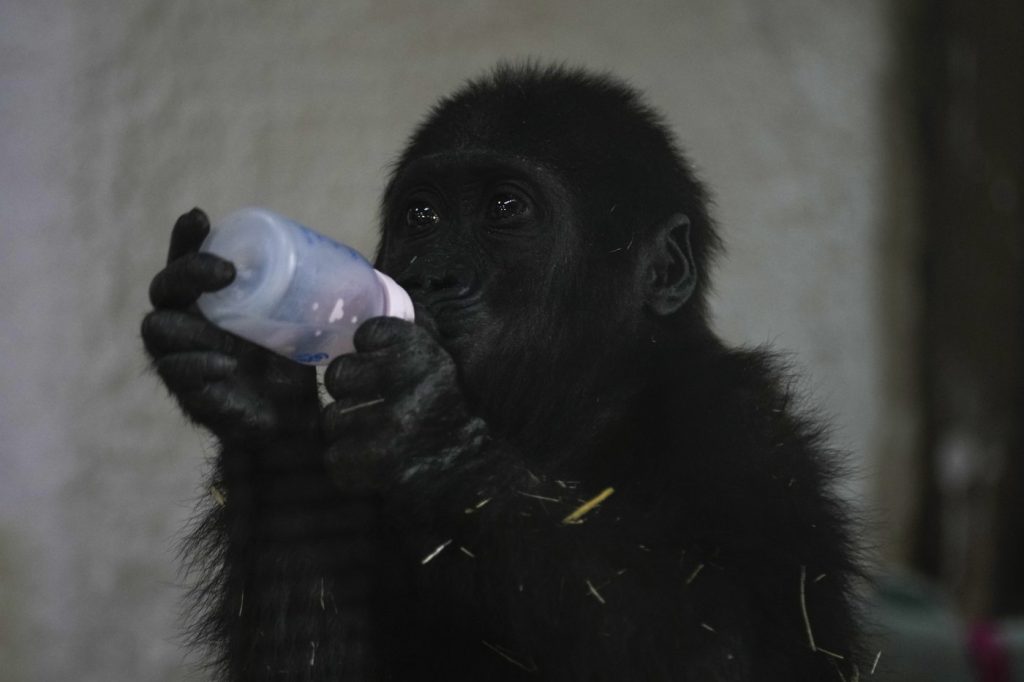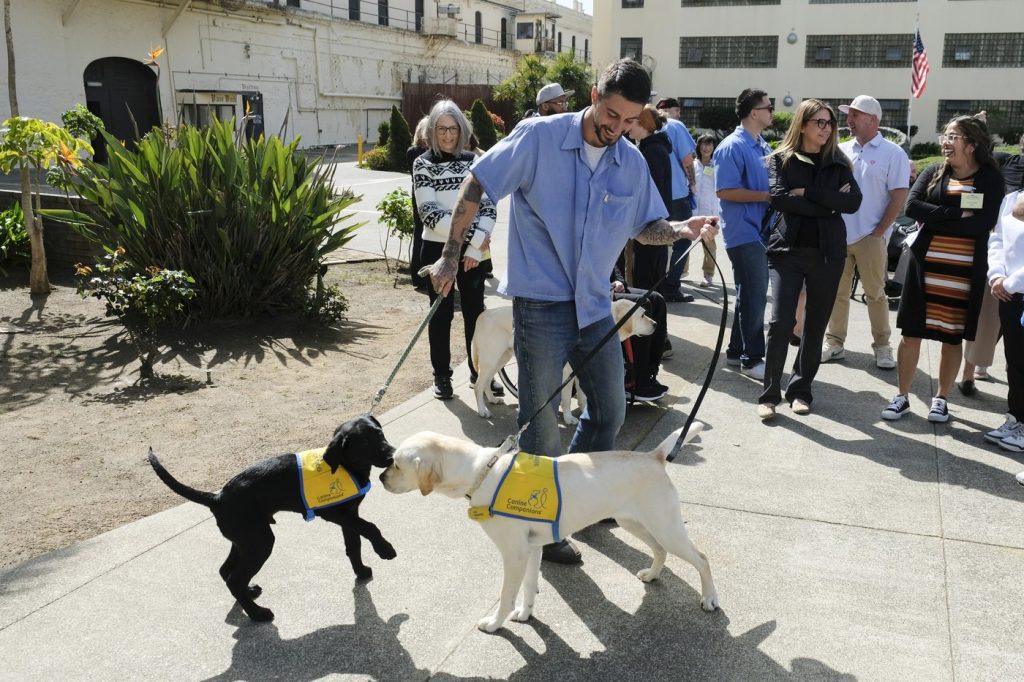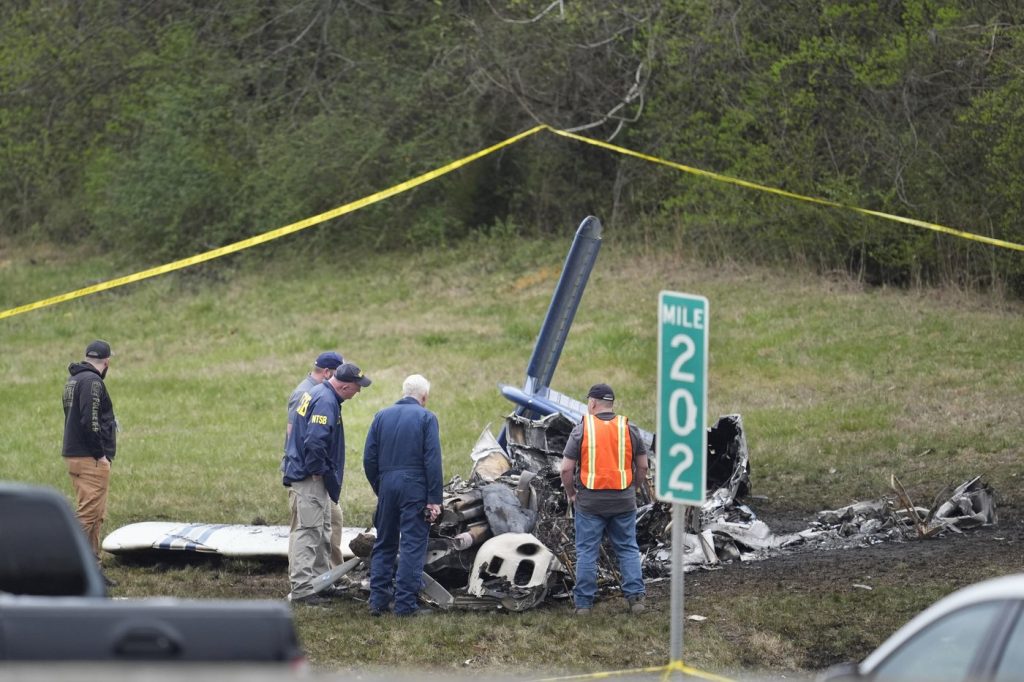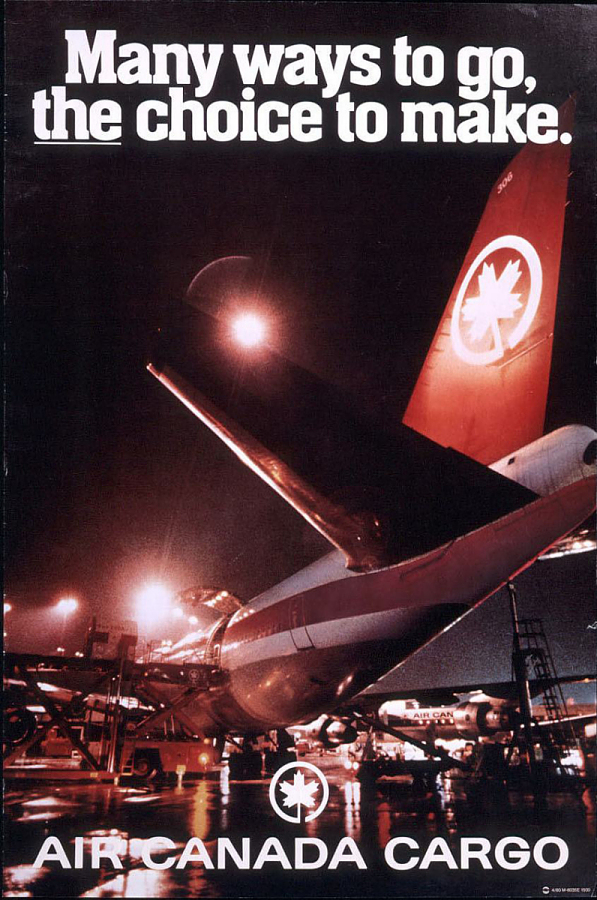CALGARY — Canada’s top military official is expressing optimism regarding an upcoming increase in defense spending that will include pay raises for military personnel amidst rising global uncertainties. Leaders of NATO, including Canada, have endorsed a plan to significantly elevate defense spending across the Western alliance to five percent of gross domestic product (GDP) over the next decade.
Prime Minister Mark Carney announced the strategic move, detailing that the allocation will comprise 3.5 percent for core military expenses and 1.5 percent designated for defense-related infrastructure, all to be realized within the next ten years. In a recent interview with The Canadian Press, Chief of the Defence Staff General Jennie Carignan indicated that efforts are already in progress to determine how to effectively distribute the nearly 20 percent pay increases promised by Defence Minister David McGuinty.
“It’s an envelope that will be adapting to what we need. Some of it will be a pay increase, while some will be for benefits for specific trades or functions,” Carignan said. She affirmed that a pay raise is indeed on the agenda, with plans being finalized for the fall and winter seasons.
The specifics of the pay hikes will vary according to a soldier's rank, with allowances targeted towards particular trades where the Canadian Armed Forces (CAF) is in urgent need of personnel. Carignan highlighted that recruiting and training personnel remains a priority, particularly emphasizing the necessity of ensuring instructors in military schools are adequately supported through additional benefits.
Chief Warrant Officer Bob McCann echoed the sentiment that the impending extra pay and benefits will serve as a morale booster for military personnel. “We’re in a great space right now with significant attention on defense. For the troops, this is outstanding because this is why we joined. We want to serve and be part of Canada’s defense,” McCann stated.
Carignan noted that it has been a successful year for recruiting, with the CAF exceeding its recruitment targets by 2,000 for the first time in the past decade, alongside a decrease in personnel attrition. Notably, approximately 18 percent of new recruits are women.
Looking ahead, Carignan outlined plans to augment the size of the military personnel. “We are focusing on returning to our full complement of regular Canadian Armed Forces members, aiming for 30,000 reserves and 71,500 regular forces,” she stated, mentioning that there are additional positions approved, with plans for scaling up as capacity allows.
Emphasizing the importance of the additional funding, Carignan stated that it is vital for ensuring national safety. “Our geography does not protect us as well as it used to. We need to invest more to effectively exercise our sovereignty here in Canada, especially considering our interests in the Arctic,” she explained. The region is becoming increasingly contested with heightened activity and interest from various parties.
Carignan stressed the necessity for investments in the Arctic, underlining the importance of establishing more radar bases and the capability to scramble jets or ships as required. “We must have the sensors in place — once you have seen, you must have the ability to intercept or act,” she remarked. This approach is vital to building the defensive posture needed in the Arctic region.
This report originally surfaced through various media outlets in July 2025, disseminating crucial updates on Canada’s military funding and priorities.
